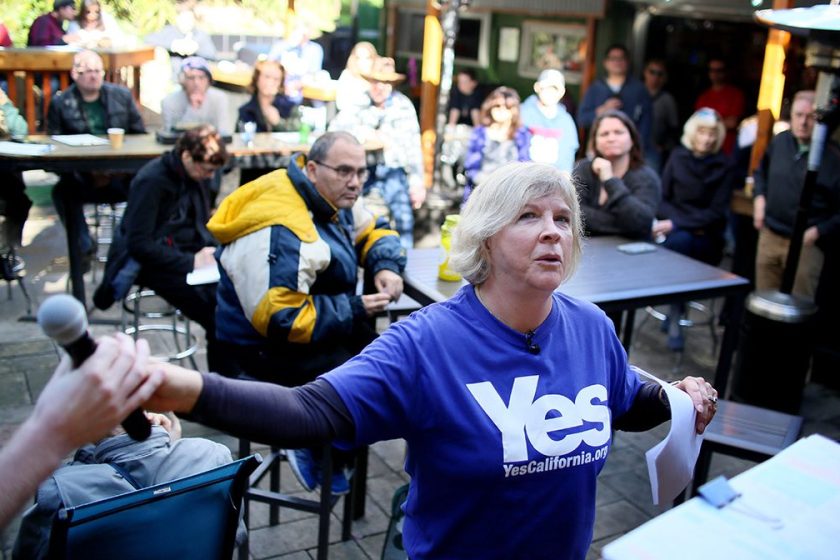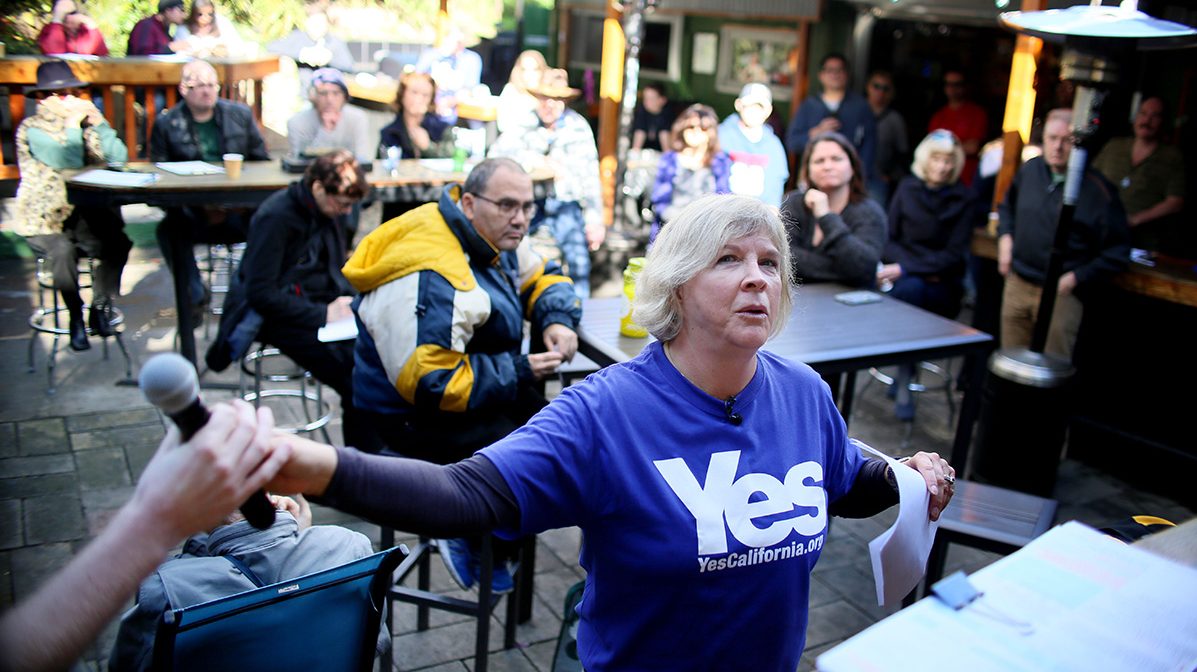
The stereotype of secessionists tend to be far-right extremists who have rejected the federal government. But just after Donald Trump’s presidential victory, a group of the most unlikely separatists formed, mostly left-leaning protesters looking to secede from the union as the Independent Republic of California.
Per GQ, some 70,000 Californians—led by activists Marcus Ruiz Evans and Louis Marinelli—were at the ready to secede, as part of the Yes California movement. The roots, though, go further back than the 2016 election: Ruiz Evans had even written a book on it as far back as 2012, entitled Global California.
But everything came crashing down when it turned out that Marinelli and his wife were moving to Russia. This caused a firestorm in the press and spelled the beginning of the end for the movement.
Read more in GQ about whether it would’ve been possible for California to secede in the first place.
—RealClearLife
This article was featured in the InsideHook newsletter. Sign up now.
























